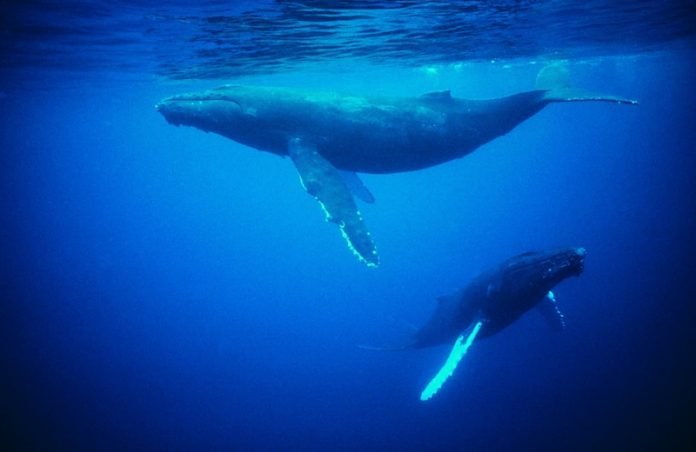
The phenomenon of menopause, where females outlive their reproductive years by decades, puzzles many, including scientists who wonder about its evolutionary purpose.
Why would nature favor a life stage where reproduction, a key driver of evolutionary success, ceases while life continues?
This enigma becomes even more intriguing when considering that out of the approximately 5,000 mammalian species, only humans and five species of toothed whales, such as killer whales, beluga whales, and narwhals, experience menopause.
Researchers in the UK have taken strides in unraveling this mystery by comparing the few mammalian species that do experience menopause, seeking insights into why it occurs.
Despite the stark differences between humans and these marine inhabitants, there appears to be a shared evolutionary path that has led to the independent emergence of menopause in these species.
A significant part of the puzzle lies in lifespan differences. For example, female killer whales can live into their 60s and 70s, while male killer whales typically do not survive past 40. This discrepancy in lifespan between genders is also observed in humans and supports the “grandmother hypothesis.”
This hypothesis suggests that older females play a crucial role in supporting their offspring and grandchildren, contributing to the survival and success of their species in a non-reproductive capacity.
One reason why it might be evolutionarily advantageous for these grandmothers to cease reproducing is to reduce competition for resources. In species like the killer whale, when mothers and daughters breed simultaneously, the offspring of the older females tend to have lower survival rates due to competition.
By ceasing reproduction, these older females can dedicate their resources and knowledge to the success of their grandchildren, thereby enhancing the survival of their genes through subsequent generations.
The social structures of humans and these whale species also share striking similarities, particularly in the roles of older matriarchs.
These experienced females often guide their families through challenges, leveraging their knowledge to navigate environmental hardships and resource scarcity.
However, having a matriarchal society alone does not explain the evolution of menopause, as seen in species like elephants, where older females continue to reproduce throughout their lives.
A distinctive feature of humans and the five whale species that experience menopause may be the lifelong care provided to both sons and daughters, contrasting with other species where young males leave the family group.
While these findings offer valuable insights, definitive answers to why menopause evolved remain elusive, partly due to the challenges of studying such phenomena in wild populations.
Moreover, the discussion around menopause in humans highlights a broader issue: the need for more research and better representation in medical studies, given the critical role older women play in families and societies, yet their often overlooked status in public health research and policy.
This exploration into the evolutionary roots of menopause not only sheds light on our biological heritage but also underscores the importance of considering the diverse roles individuals play within their families and societies, beyond their reproductive contributions.
The research findings can be found in Nature.
Copyright © 2024 Knowridge Science Report. All rights reserved.



